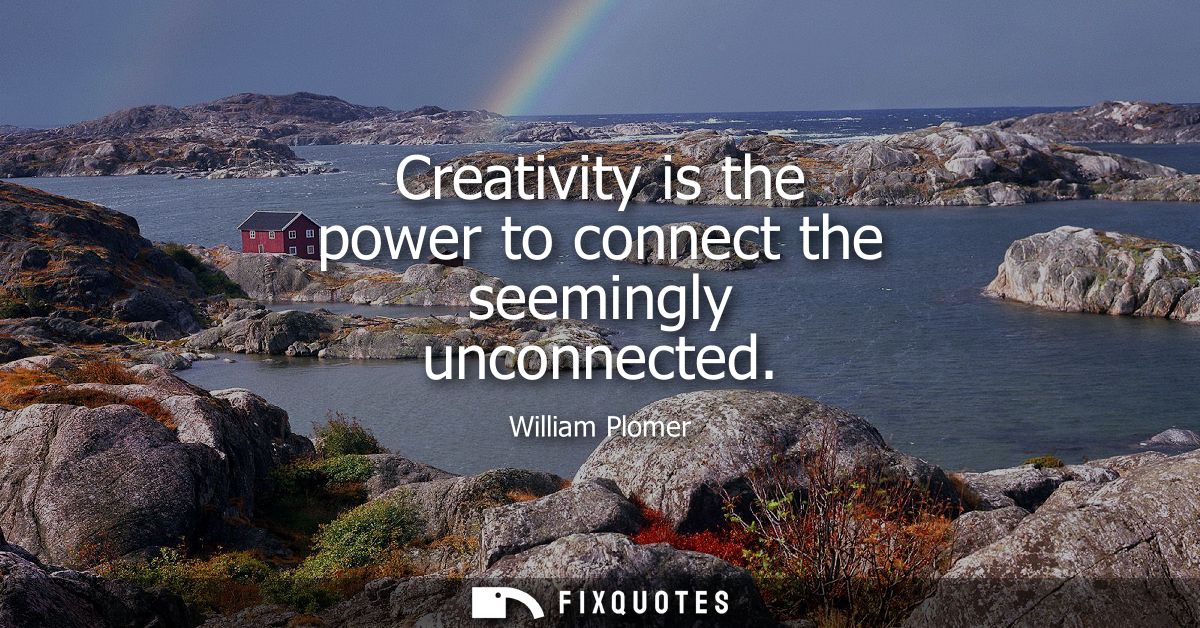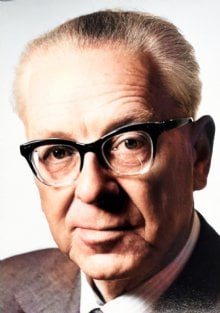"Creativity is the power to connect the seemingly unconnected"
About this Quote
Creativity draws its strength from the ability to perceive relationships where none are immediately apparent. The mind typically organizes knowledge in structured, familiar patterns, grouping information based on experience and logic. However, creativity disrupts these boundaries, inviting the imagination to link concepts, images, or ideas that most might never think to combine. When William Plomer speaks of the power to connect the seemingly unconnected, he suggests that the essence of creativity lies precisely in this unconventional synthesis.
The greatest innovations, whether in art, science, literature, or technology, often arise from integration across disparate domains. Consider how metaphors in poetry unite emotions with objects, or how technological advancements often stem from merging separate scientific principles. For example, the invention of the smartphone was not a result of developing one core technology, but by linking telecommunication, computing, and design in a novel harmony. Such connections reveal overlooked possibilities and invite both creators and audiences to see the world with fresh eyes.
Creativity, then, resembles a mental leap, a willingness to traverse mental landscapes that seem irrelevant, even contradictory. This leap does not rely on randomness alone, but on a cultivated openness and curiosity. The creative thinker explores links that are non-obvious, often guided by intuition or a sense of playful experimentation. The reward is discovery: insights that feel inevitable only in retrospect, as surprising affinities emerge between objects, concepts, or experiences that once appeared unrelated.
By connecting the unconnected, creativity breaks free from conventional constraints. It encourages flexibility, adaptability, and a broader perspective. These connections become the seeds of innovation and progress, expanding our understanding and deepening human experience. Creativity empowers individuals not just to invent new things, but to continually reinterpret and reimagine what already exists, transforming the ordinary into the extraordinary.
More details
About the Author

